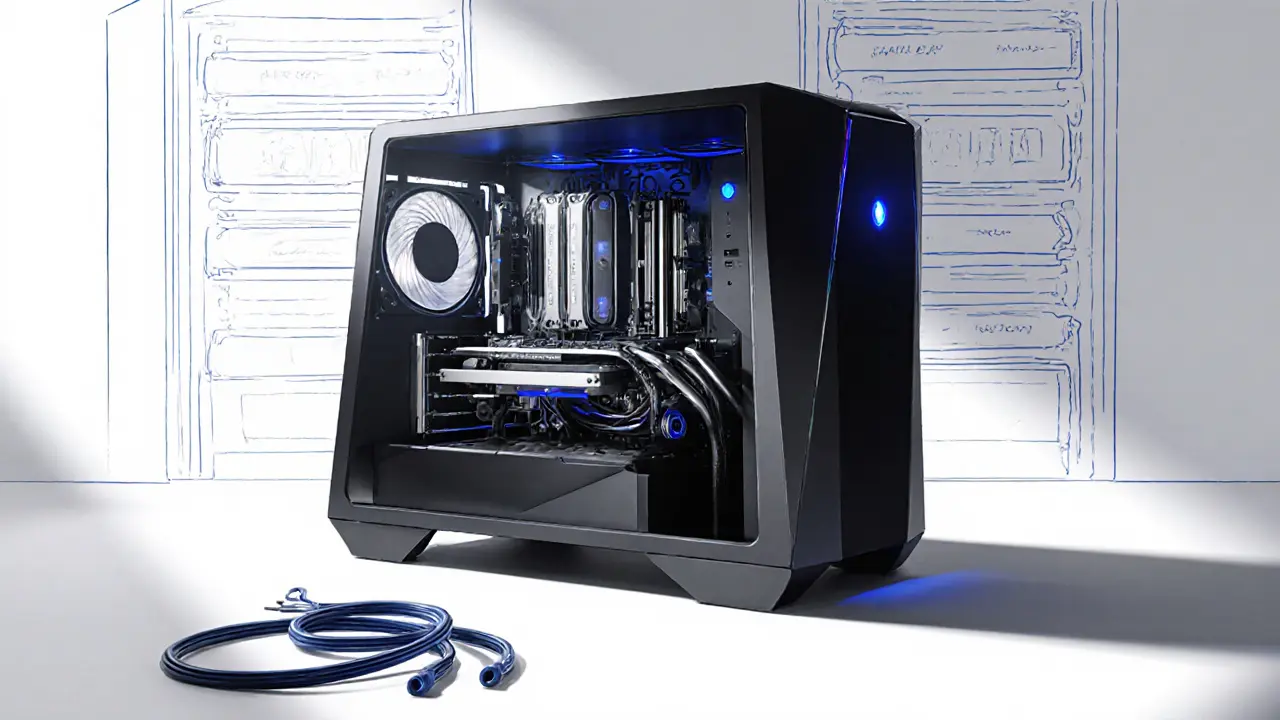Bitcoin Mining Locations
When talking about Bitcoin mining locations, places where Bitcoin is produced using specialized hardware, usually in regions with cheap electricity and friendly policies. Also known as Bitcoin mining farms, they encompass everything from the land parcel to the power contract. The first rule to get is that a mining site requires low‑cost energy; without that the whole operation loses money. Another rule is that local regulations influence where miners set up shop – a supportive tax regime can turn a remote desert into a hotspot.
Key Factors Shaping Bitcoin Mining Sites
One of the biggest drivers is the mining pool, a collective where many miners combine hashpower to earn steadier rewards. Pools let a solo miner in a small town compete with giant farms in Texas or Iceland. Mining pools also affect location decisions because larger pools often host their own data centers in low‑cost zones. Next up is the ASIC miner, application‑specific integrated circuit designed solely for Bitcoin hashing. The efficiency of an ASIC – measured in joules per terahash – determines how much electricity a site needs, so miners chase the latest chip generations to squeeze more profit per kilowatt hour.
Energy cost is the silent third pillar. A site in a region with surplus renewable power can run 24/7 at a fraction of the price you’d pay in a city grid. That’s why places like Sichuan during the rainy season or the Canadian Yukon during winter become temporary gold mines. The regulatory environment is the fourth piece; some countries ban mining outright, while others offer tax breaks or even subsidize renewable energy for miners. The combination of cheap power, hardware efficiency, and clear rules creates the perfect recipe for a thriving Bitcoin mining location.
Beyond the basics, trends are shifting. Mobile miners are looking at edge‑computing sites near data‑center hubs to lower latency, while green‑energy projects are tying Bitcoin production to solar farms in the Sahel. Expect the next wave of articles to dive into specific regions, compare pool fees, break down ASIC specs, and give you a checklist for evaluating any new mining site. With that context, you’re ready to explore the curated list below and pick the insights that match your own mining goals.
2025 Global Bitcoin Hash Rate Distribution by Country
A deep dive into the 2025 global Bitcoin hash rate distribution, covering top mining countries, energy use, regulatory impact, and future trends for investors and miners.
VIEW MORE
